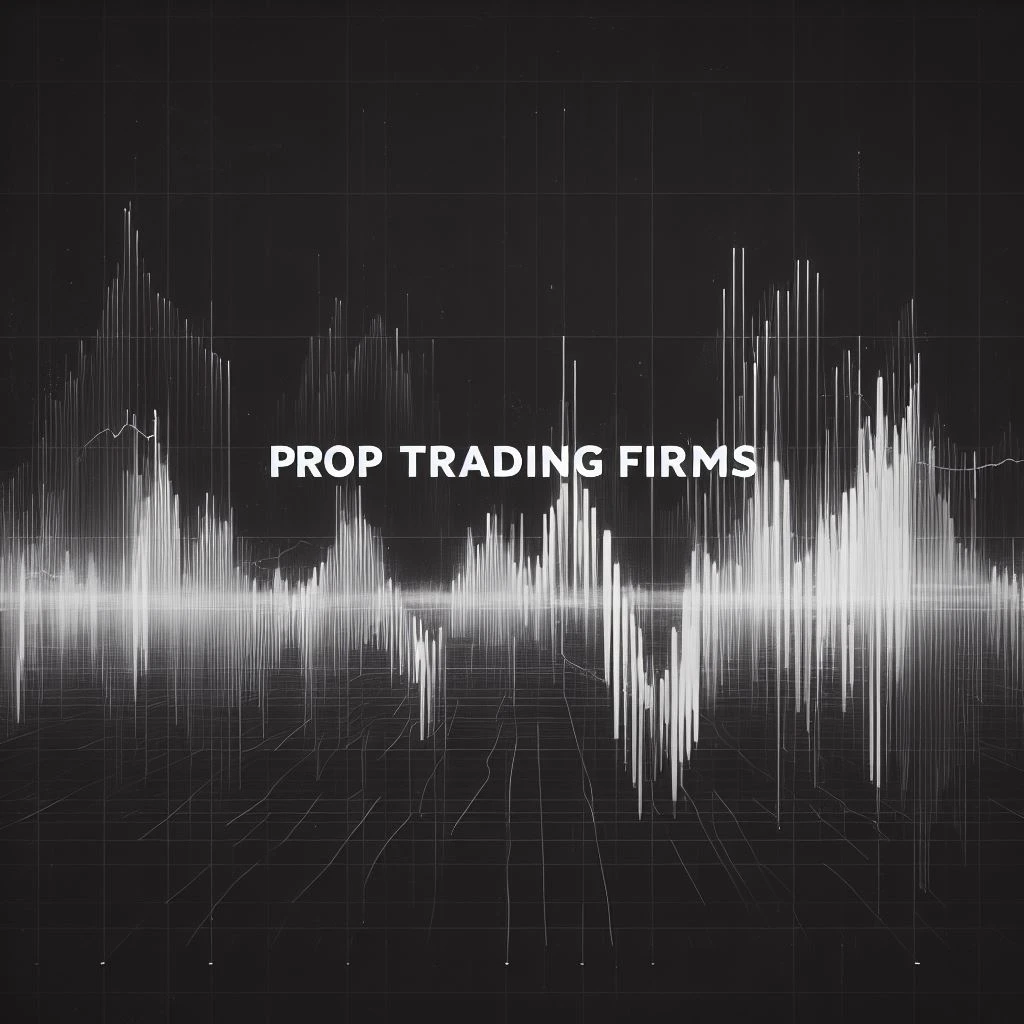Introduction to Trading Strategy Parameters
In the dynamic world of trading, the success of a trader hinges significantly on their strategy. At the core of these strategies lie trading strategy parameters, elements that are as vital as they are varied. Trading strategy parameters are essentially the building blocks of any trading plan, determining how, when, and why trades are executed. These parameters are a blend of predefined rules and conditions that traders use to navigate the complexities of financial markets.
Understanding trading strategy parameters is crucial because they dictate the effectiveness of a trading strategy. Whether it’s identifying the right time to enter or exit a market, or setting limits on losses and deciding how much to invest in a particular trade, these parameters guide traders in making informed and strategic decisions. In essence, they serve as a personalized roadmap, tailored to an individual’s trading goals, risk tolerance, and market analysis.
The importance of these parameters cannot be overstated. They provide structure to a trading strategy, helping to remove emotional decision-making and allowing for a more systematic approach to trading. With well-defined parameters, traders can achieve consistency in their trading actions, which is essential for measuring and replicating success over time. Moreover, these parameters are instrumental in risk management, a crucial aspect of trading that helps in preserving capital and maximizing returns.
What are Trading Strategy Parameters?
Trading strategy parameters are the foundation upon which successful trading strategies are built. They transform a trader’s approach from a haphazard set of guesses to a calculated set of actions driven by informed decisions and strategic planning. As we delve deeper into the technical aspects of these parameters, we begin to understand their indispensable role in the art and science of trading.
Technical Aspects of Trading Strategy Parameters
Types of Indicators in Trading
- Trend Indicators: Trend indicators are pivotal in understanding the direction in which the market is moving. They help traders identify whether a market is in an uptrend, downtrend, or moving sideways. Common trend indicators include moving averages, which smooth out price data to create a single flowing line that makes it easier to identify the direction of the trend, and the Average Directional Index (ADX), which measures trend strength.
- Oscillators: Oscillators are used primarily to identify overbought and oversold conditions in the market. They fluctuate above and below a centerline or between set levels and are particularly useful in ranging markets. Key examples include the Relative Strength Index (RSI), which measures the magnitude of recent price changes to evaluate overbought or oversold conditions, and the Stochastic Oscillator, which compares a particular closing price of an asset to a range of its prices over a certain period.
- Volatility Indicators: These indicators measure the rate and magnitude of price movements. Volatility is a critical aspect of trading as it provides insight into the stability or instability of a market. Examples of volatility indicators are Bollinger Bands, which consist of a set of three lines drawn in relation to securities prices, and the Average True Range (ATR), which measures market volatility by decomposing the entire range of an asset price for that period.
- Volume Indicators: Volume indicators are used to understand the strength of market movements. They provide insights into how much of a particular asset is being traded, which can be an indicator of the strength or weakness of a trend. Popular volume indicators include On-Balance Volume (OBV), which uses volume flow to predict changes in stock price, and the Chaikin Money Flow, which combines price and volume to measure the buying and selling pressure during a given period.
By incorporating these indicators into their trading strategies, traders can make more informed decisions, leading to potentially better trading outcomes. Each type of indicator plays a unique role in interpreting market data, and when used effectively, they can provide a comprehensive view of market conditions.
Optimizing Trading Strategies
Optimizing a trading strategy is akin to fine-tuning a high-performance engine; every adjustment can lead to more efficient and effective outcomes. The pursuit of optimization in trading is about enhancing the strategy to align better with market dynamics and the trader’s objectives. Here we explore some of the most effective techniques for strategy optimization.
Techniques for Strategy Optimization
- Genetic Algorithms: These are advanced optimization techniques inspired by the process of natural selection. In the context of trading, genetic algorithms iteratively select, mutate, and evolve a set of strategy parameters to find the most efficient combination. This method allows traders to explore a vast parameter space and uncover unexpected, yet highly effective, strategy configurations.
- Sharpe Ratio Evaluation: The Sharpe ratio is a measure of risk-adjusted return. Traders must know not just how much their strategy earns, but how much risk is undertaken to achieve these returns. By maximizing the Sharpe ratio, traders aim to enhance their returns for every unit of risk taken, leading to more sustainable and stable performance.
- Grid Search: This method involves systematically adjusting parameters within a set range and observing the outcomes. Imagine a grid where each point represents a different parameter combination. By exploring these points, traders can visually identify which combinations yield the most favorable results.
- Bayesian Optimization: This technique uses Bayesian inference to direct the search for optimal parameters. It’s particularly useful when dealing with complex strategies where evaluating every combination of parameters is computationally intensive. Bayesian optimization efficiently narrows down the search to the most promising areas of the parameter space.
Evaluating Drawdown and Equity Curve
The drawdown and equity curve are vital tools in assessing a strategy’s risk and performance. Drawdown measures the decline from a peak to a trough in a trading account, offering insights into the potential risk and resilience of a strategy. The equity curve, showing the growth of trading capital over time, helps in understanding the strategy’s consistency and long-term viability. Together, they provide a comprehensive view of a strategy’s risk-reward profile.
Diverse Trading Strategies Based on Parameter Optimization
Optimizing parameters can significantly impact the effectiveness of different trading strategies. Let’s delve into how various aspects of trading strategies can be fine-tuned for optimal performance.
Technical Indicators
Technical indicators are essential tools in a trader’s arsenal, and their optimization can greatly influence a strategy’s success. By adjusting parameters like the length of moving averages or the settings of oscillators, traders can tailor these indicators to better align with market conditions and their trading style.
Risk Management Parameters
Risk management is the backbone of successful trading. Parameters like stop-loss levels, position sizing, and risk-reward ratios are not just safety nets; they are strategic elements that can dramatically shape a strategy’s outcomes. Effective optimization of these parameters ensures that traders maintain a balance between protecting capital and capturing market opportunities.
Entry and Exit Criteria
The criteria for entering and exiting trades are critical decision points. Optimizing these parameters involves fine-tuning indicators, thresholds, and signals that dictate when to open or close a position. The right combination can mean the difference between catching a trend at the right moment and missing the market move altogether.
Timeframes and Intervals
Different strategies thrive in different timeframes. Whether it’s the fast-paced environment of day trading or the extended horizon of swing trading, optimizing the timeframes and intervals for analysis and execution can greatly impact a strategy’s effectiveness. This optimization ensures that the strategy is responsive to the market’s rhythm and the trader’s lifestyle and goals.
In summary, strategy optimization in trading is a multifaceted endeavor. It’s about fine-tuning a range of parameters to craft a strategy that not only aligns with the markets but also resonates with the trader’s unique style and objectives. This process, while intricate, is essential for achieving long-term success in the ever-changing world of trading.
Enhancing Trading Performance
In the world of trading, continuous improvement is not just a goal; it’s a necessity. Enhancing trading performance involves a mix of honing skills, leveraging technology, and staying informed. Two key aspects in this journey are backtesting and optimization techniques and effectively utilizing knowledge and resources.
Backtesting and Optimization Techniques
Backtesting is a cornerstone of trading strategy development. It involves running a set of trading rules against historical market data to determine how the strategy would have performed in the past. By simulating trades that would have occurred in the past using these historical data, traders gain insights into the effectiveness and reliability of their strategy.
Optimization, on the other hand, tweaks these strategies to improve future performance. This involves adjusting various parameters like entry/exit points, stop-loss levels, and position sizing to find the most effective combination for a given strategy. Optimization can be a double-edged sword, though. Over-optimization, or curve-fitting, can lead to strategies that work well on historical data but fail in live markets. Therefore, it’s crucial to strike a balance, ensuring that the strategy is robust and adaptable to different market conditions.
Utilizing Knowledge and Resources
Success in trading heavily relies on making well-informed decisions. This requires not only an understanding of market fundamentals and technical analysis but also staying updated with the latest news, trends, and market research. Utilizing resources like financial news websites, market analysis tools, and educational content can provide valuable insights.
Networking with other traders and participating in forums or social media groups dedicated to trading can also be beneficial. These platforms offer a wealth of shared knowledge and experiences, providing diverse perspectives on market analysis and strategy development.
Conclusion: The Importance of Strategy Parameters in Trading Success
In conclusion, the role of strategy parameters in trading cannot be overstated. They are the linchpins that hold a trading strategy together, guiding traders through the tumultuous waters of the financial markets. The journey of a trader is one of constant learning and adaptation, and the optimization of these parameters is an integral part of that journey. Remember, a successful trading strategy is not set in stone; it evolves with the market and the trader’s growing experience.
Thus, understanding, testing, and continually refining these parameters are essential to staying relevant and profitable in the ever-changing landscape of trading. By embracing this ongoing process of adaptation and improvement, traders can enhance their performance and, more importantly, sustain it over the long term.
FAQ
Navigating the world of trading strategy parameters can often lead to several questions. Addressing these frequently asked questions is key to gaining a deeper understanding and effectively utilizing these parameters in trading strategies.
What Exactly Are Trading Strategy Parameters?
Trading strategy parameters are specific guidelines or rules set by traders to dictate how their trading strategies are executed. These include factors like entry and exit points, risk management rules (like stop-loss levels), indicators used, and position sizing. They essentially define the conditions under which trades will be executed and managed.
How Do Trading Strategy Parameters Affect Trading Outcomes?
Parameters directly influence the effectiveness and outcome of a trading strategy. Correctly set parameters can help in maximizing profits and minimizing losses, while poorly set parameters can lead to ineffective trading or increased risk. They are crucial in managing risk, capturing opportunities, and aligning the trading approach with the market conditions and the trader’s goals.
Can Trading Strategy Parameters Work Across All Markets?
While some parameters can be universally applicable, most need to be tailored to specific market conditions. A parameter set that works well in a highly volatile market may not be suitable for a more stable, less volatile market. It’s essential to adjust parameters according to the asset being traded and the current market dynamics.
How Often Should I Review and Adjust My Trading Strategy Parameters?
Trading strategy parameters should be reviewed regularly. Market conditions change, and what worked in the past may not be effective in the present or future. Periodic review and adjustment of these parameters are necessary to ensure that the trading strategy remains aligned with the market and the trader’s goals.
Is There a Risk in Over-Optimizing Trading Strategy Parameters?
Yes, over-optimization, also known as curve-fitting, is a significant risk. It happens when parameters are overly fine-tuned to past market data, making the strategy less adaptable to future market changes. It’s important to strike a balance to ensure that the strategy remains flexible and robust enough to handle different market conditions.
By understanding these aspects of trading strategy parameters, traders can better navigate the complexities of creating and adjusting their trading strategies, leading to more informed and potentially more successful trading outcomes.














